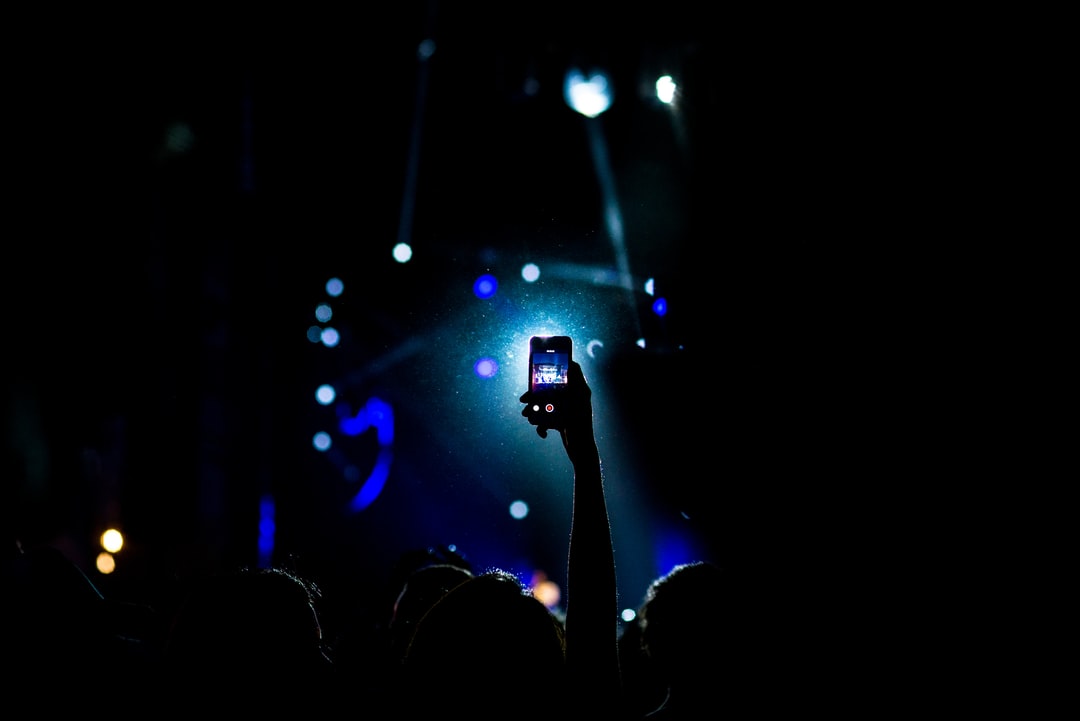
Mazda Visual Digital Marketing
Mazda Visual Digital Marketing. At Mazda, we took a completely different approach to our web video strategy in 2018.
We realized we needed to change our go-to-market strategy. It is because consumer behavior was changing, and we needed to change as well.
More than 75% of customers believe internet video has affected their auto-buying decisions, yet what they want to know about a car varies dramatically. Also, it is from the start to the finish of their journey.
We couldn’t afford to create advertising that only talked to people during certain times of the year. Also, at a specific point in their purchasing process.
Mazda’s brief history on the internet
Mazda has been on the internet for a long time. In 1997, we became one of the first auto companies to launch a website. In 2006, we launched our online shopping portal and in 2007 we started selling cars online.
When it came time to buy a car, however, most people discovered our brand the way they always have. Further, by seeing it on the road or by hearing about it from friends and family. In 2013, only 3% of customers used their smartphone to research and purchase a new vehicle2.
As recently as 2014, Facebook was still a place where people talked about the things they did offline. Like watching sports or reading comics — not what they were buying online. YouTube was mostly videos of babies dancing to music or people falling down on skateboards Mazda Visual Digital Marketing.
And Instagram? Well, it was just for photos of your breakfast. Instagram didn’t launch video until 2015, so there wasn’t even much video content out there for us to leverage at all.
Our digital strategy until 2018
We knew that for most customers, buying a car is a serious decision. And that they want information about their next vehicle from trusted sources — not just from brands. So for years, we focused on building deep relationships with influencers.
Including celebrities and experts in various fields who could help tell our story. Also, in ways that were authentic to them but also tied back to Mazda as an automaker.
For example, we produced several videos with Anthony Bourdain as part of our “Feeling Alive” campaign featuring his passion for cars and the freedom of driving off-road.
Our partnership with Justin Timberlake produced the first-ever Super Bowl commercial featuring a singer promoting a car brand: “Soul of a Machine” which showed how Mazda vehicles are engineered in every detail to make you feel alive when you drive them.
We even had Academy Award-winning actress Charlize Theron star in her own series called “The Great Unknown” where she takes viewers on an adventure. It is with her off-road racing team around the world and behind the scenes at Mazda North America Operations (MNAO).
These influencer campaigns were great at building awareness about Mazda but didn’t seem to move the needle on purchase intent or consideration — two important metrics that clearly show we were missing something in how we were telling our story.
A new approach to digital video marketing
In the spring of 2018, we decided that if we wanted to increase sales, we had to create a more holistic digital video marketing strategy that spoke to customers throughout their entire journey — from when they first started thinking about buying a new car to when they were ready to buy it.
We also realized we needed to start talking about what goes into creating a Mazda vehicle from start to finish — from the design process to the assembly plant, to how and where it’s built. We needed to change our brand’s voice and leverage the power of digital video.